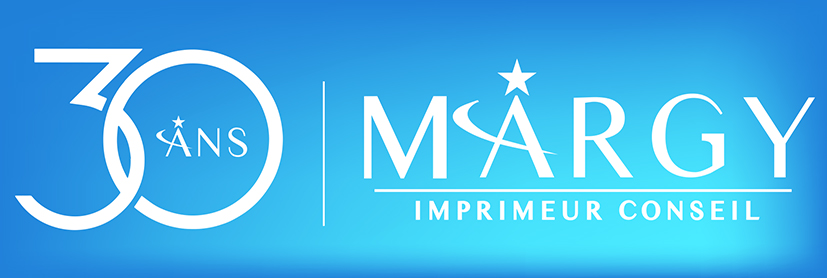Print advertising is holding its own against digital. It remains the leading medium in France, reaching 20 million households every week throughout the year. A result that has never been equalled by television, even during major sporting events such as the Olympic Games or the Euro Football Championship.
70% of printed advertising is read
The latest statistics demonstrate its power. 70% of people who receive these printed advertisements read them, and even spend 38 minutes a week reading them. Used mainly by major retailers, it is still not used enough by brands. An experiment carried out by Adrexo showed that after organising the distribution of samples and leaflets in letterboxes for the Royco brand, the company recorded growth of 48%. A return unequalled by any other medium.
In a context dominated by digital advertising in all its forms, the good old advertising of our parents is resisting and even gaining ground by taking advantage of technological innovations. Leaflets still have an excellent ROI. Whether on its own or in conjunction with digital advertising, it generates the most traffic in shops and leads to purchases.
The highest ROI for the act of purchase
88% keep most of the advertising they receive, and 86% sort it once they get home before throwing it away, taking care to recycle it. This attention to printed matter is indicative of consumer behaviour. For 93% of them, these documents are an opportunity to discover products and for 91% to make savings by hunting down bargains.
Consumers are not indifferent to their practicality. They are easy to handle and can be consulted at leisure, just like a magazine. For 82% of those surveyed, reading them is associated with a moment of relaxation that allows them to select their items. 78% prepare their shopping and choose their shop (68%). Finally, for 63% of them, viewing the product gives them a credibility that viewing it on a screen does not.
Print advertising more convincing than the internet
The use of the Internet and the widespread use of websites to make purchases have changed people’s behaviour. But not necessarily to the detriment of the leaflet, which serves as an endorsement of the website. 33% of consumers who notice a product in print will then go to the store’s website to find out more. If a shop near them has this product, 81% will go there and buy it straight away. Printed advertising therefore helps to improve the in-store conversion rate.
Far from being outdated, leaflets have a bright future ahead of them. By adapting its presentation and ergonomics and broadening the range of businesses it targets, it can improve its performance. In 2015, printed advertising was the third medium in which advertisers invested. Data from Irep. shows that consumers value their freedom of choice and free will. More than ever, they are vigilant about the information they are provided with and continue to give full credit to the paper document.
Other articles :
 01 44 52 02 02
01 44 52 02 02
